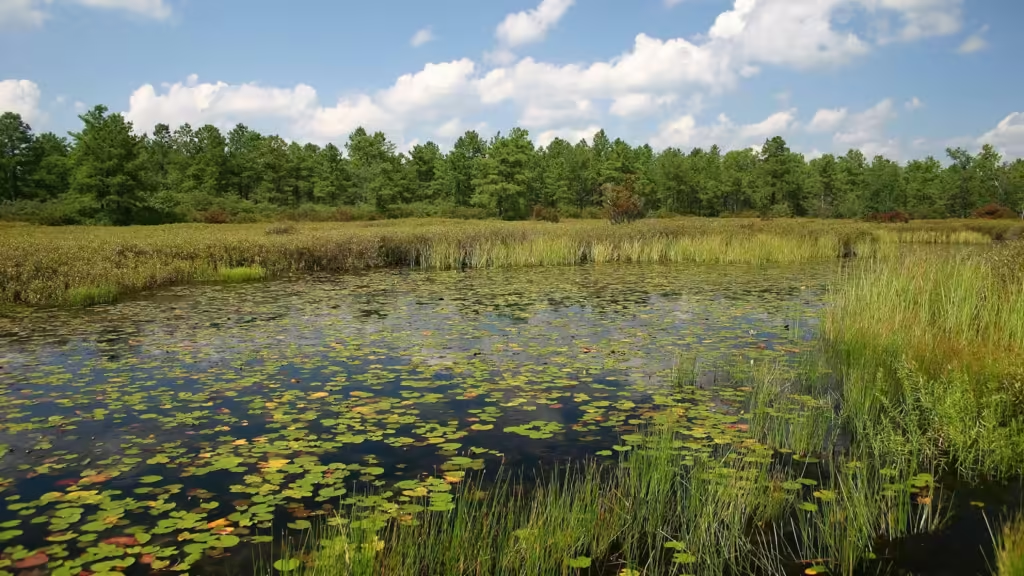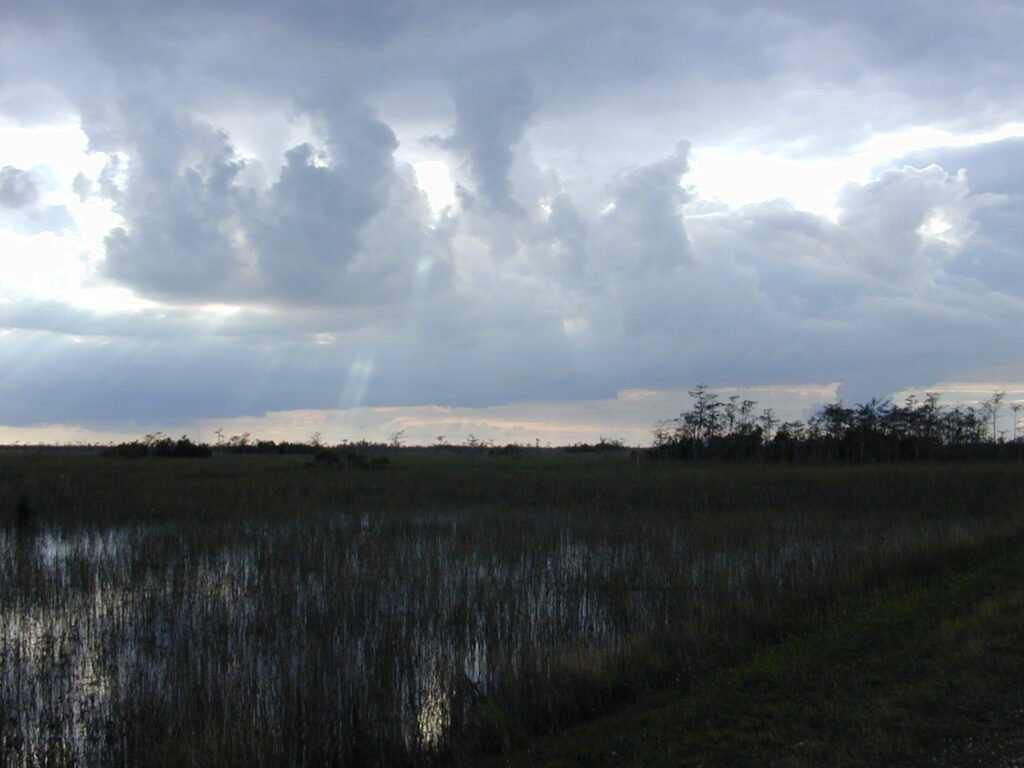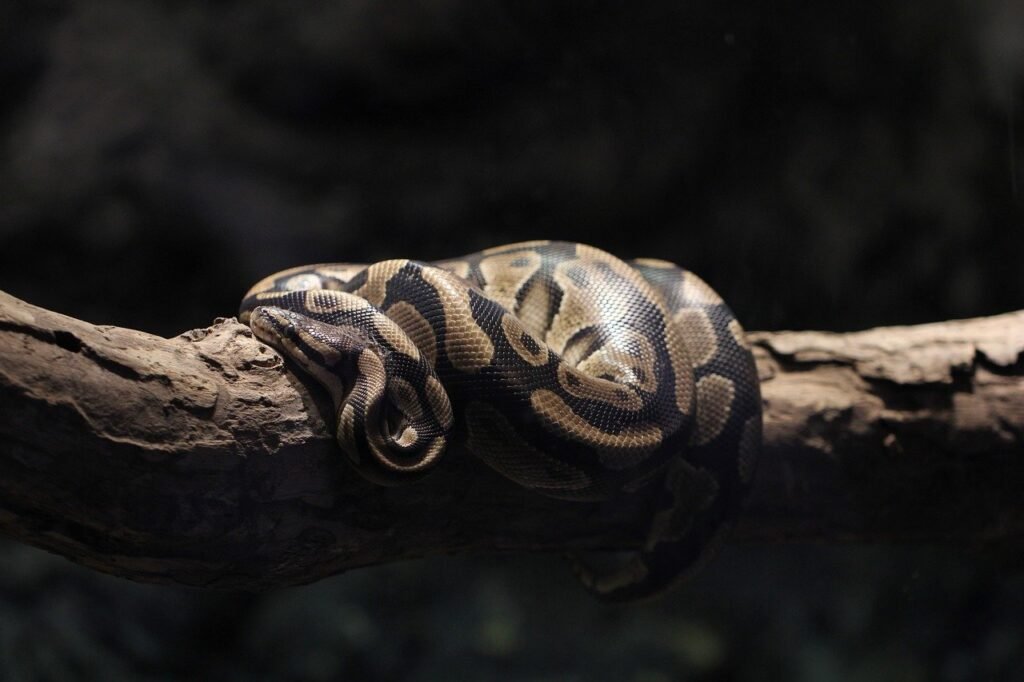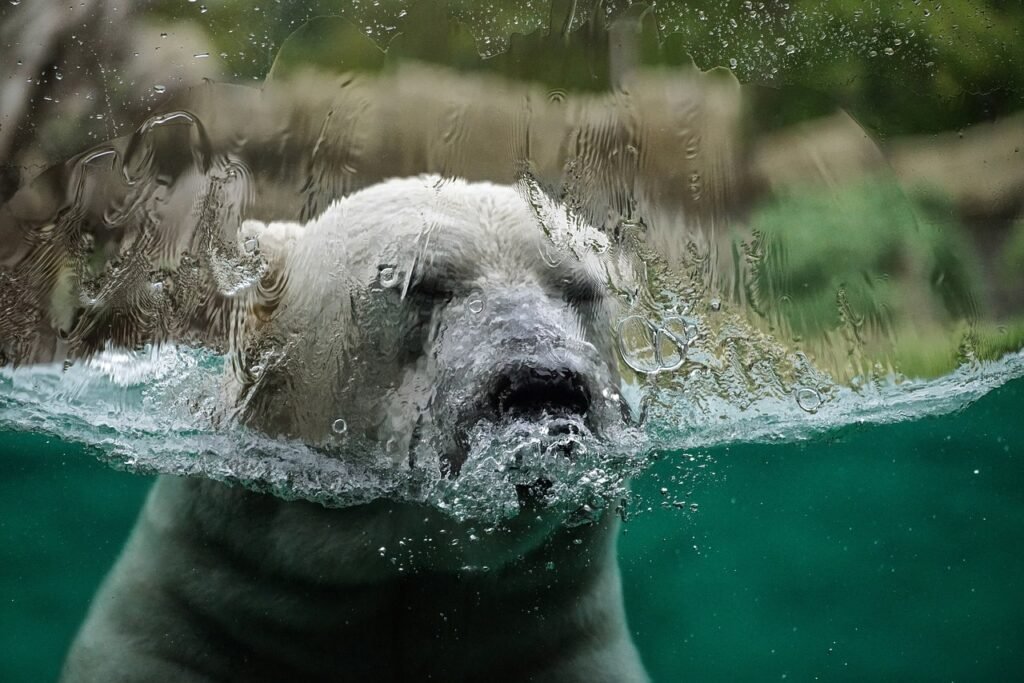The Everglades covers a vast expanse of wetlands in the southern United States. The flooded plains are not just a pretty face. The Everglades support a unique and vital ecosystem in the state of Florida that includes a remarkable collection of plants and animal species.
Indeed, the area is such a natural gem that the Everglades National Park was established in 1947, covering 1.5 million acres.
If you are a nature lover, particularly with a green thumb, this article is for you. Today, we cover a few key native plants of the Everglades and explore the role they play in supporting the region’s diverse wildlife.
Apart from the ecological importance of the Everglade’s leafy wonders, we will also look at the conservation challenges that threaten their future and potential solutions to help them thrive.
An Overview of Native Plants
The Everglades provides a botanical wonderland for visitors, who can view about 750 plant species. The region holds the most wild orchids anywhere in the continental US and maintains flora as different as mangroves, seagrasses, to more than 100 species of native lichens and grasses.
Some of the most iconic species include air plants, which require no soil and can often be found nestling in trees, as well as hardwood hammocks. The latter are shade trees so thickly clustered that their leaves overlap.
The reason for this diversity mainly comes down to the vast park’s climate which ranges from temperate to subtropical Caribbean climate. This allows very different plants to take root and flourish in the Everglades. Over time, the park developed nine distinct habitats.
Hardwood Hammocks
These dense regions cleverly adapted to the Everglades’ wetness by only growing in elevated areas, which protects them from seasonal flooding. Some tree species include mahogany, temperate oak, and the delightfully named cocoplum. Hammocks are ecologically important because they offer diverse habitats to wildlife needing a break from the wetter parts of the Everglades.
The Pinelands

Pineland forests exist throughout the eastern parts of the Florida Everglades. The trees have adapted to the occasional blaze in the region by evolving fire resistance. These forests provide a haven for many species, including the Florida panther.
Mangroves
Mangroves are submerged trees that thrive due to their salt tolerance and robust root systems. These roots protect the ecosystem by acting as a buffer against destructive wave energy from storms.
Coastal Prairies
Coastal lowlands evolved into a rugged landscape that offers a great environment to salt-tolerant flora including succulents and other desert plants.
Freshwater Sloughs
Sloughs are low-lying regions of land. They play an important role in ecological maintenance by allowing slow-moving rivers to flow through the Everglades and release into Florida Bay.
Freshwater Marl Prairies

Although very similar to freshwater sloughs, freshwater Marl Prairies are shallower and support low-growing plants in the Everglades. These areas also provide a permanent water source for animals, wading birds, and waterfowl.
Cypress Trees
Conifer trees have adapted to the Everglades by having shallow roots, and roots that protrude above the soil. They are also fire-resistant. These trees prevent soil erosion near rivers and wetlands and act as a breeding ground for amphibians.
Marine and Estuarine Habitats
These hybrid locations, where freshwater meets the sea, account for the most water within the park, covering nearly 800 square miles filled with native plants of the Everglades. Here, algae and seagrass form the foundation of the food chain that affects the stability of the Everglades and beyond.
Native Plants as Wildlife Support
Everglades National Park is home to countless animal species, both endemic and invasive. These include aquatic birds, small mammals, fish, reptiles, and amphibians. The park is essential to the survival of endangered species like the Florida panther and West Indian manatee. The plants of the Everglades play a critical role in animal conservation as they provide species with critical necessities such as food, shelter, and breeding grounds.
Rich Feeding Grounds

When it comes to providing sustenance, the food chain in the park starts with plant-eaters. These animals range from snails, turtles, and water rats to white-tail deer (who are known to eat the local sawgrass).
These critters support the Everglade ecosystem by acting as prey to bird species and other predators like the American crocodile. When these larger predators die, they provide food for aquatic species or land scavengers. This finely-tuned circle of life rests on the Everglades’ flora foundation.
Specific Shelter for Various Species
Native plants provide specialized habitats for wildlife. The main reason why Everglade flora is so successful in sheltering different species of fish, mammals, insects, and other species is diversity. The nine habitats offer a broad range of “homes” ideal for specific species.
For example, birds, deer, and panthers frequent the pine forests. The trees provide shelter and camouflage, which is useful to both predators and prey. Mangroves and estuaries offer safe nooks for aquatic species like fish, crustaceans, water rats, crocodiles, turtles, manatees, and more.
Ideal Breeding Grounds
A successful breeding ground provides sufficient shelter and food. The Everglade has that in spades, so at certain times of the year, the area becomes a veritable nursery. Once again, flora plays an important role.
Trees offer nesting space for various bird species and adequate environments for land-based mammals like panthers and deer, as different as they may be. The wetter regions provide breeding grounds for large manatees and crocodiles to smaller critters like fish, amphibians, and crustaceans.
Conservation Challenges
Native species in the Everglades, both fauna and flora, face threats on several fronts. For now, we’ll mostly focus on the challenges faced by plants found in the Everglades since they form the foundation of the park’s ecosystem.
The most common threats affecting plants in the Everglades include invasive species, habitat loss, and climate change.
Invasive Species

The Burmese python hogs all the limelight when it comes to invasive species in the Everglades. However, other non-endemic species are hopping and slithering through the park. A large portion includes reptiles. Apart from the infamous Burmese python, there are also the Green Iguana, Veiled Chameleon, and the Argentine black and white tegu, to name a few.
These species have not evolved to support the Everglades ecosystem. Even though it’s not their intention, they often outcompete native species in the Everglades or decimate prey animals. For example, the Burmese python has caused significant damage. A 2012 report found that animals such as raccoons, opossums, and bobcats have lost between 80% and 99% of their populations to pythons. Sadly, foxes and several species of rabbits have effectively disappeared from the Everglades.
Non-native plants have also settled roughly 1.7 million acres. These include the Brazilian Peppertree, Chinese privet, the Melaleuca tree, and Old World climbing fern. Native animal and bird species struggle to rely on such plants for shelter and food.
Habitat Loss
While invasive predators are decimating local fauna, habitat loss in the Everglades is largely driven by humans and it directly impacts the park’s native plant species. It’s not a new phenomenon. People have been altering the ecosystem in this area since the 1800s.
An example of this includes flood water control and water diversion structures. The Everglades is sensitive to the natural cycles involving water, making such artificial control destructive.
Climate Change

Changing weather and nature cycles are concerning to conservationists, forcing the Everglades to adapt to climate change. However, this change might be happening too rapidly to allow native species in the Everglades to transition safely.
One of the greatest threats is rising seawater, which could push salt water into areas adapted for freshwater. It might encourage mangroves to expand into these areas, displacing native freshwater plants and the animals that depend on them.
Protecting the Everglades Ecosystem
The good news is efforts are ongoing to restore the Everglades ecosystem and protect its native flora.
Considering the damage pythons are causing, it’s unsurprising that one of the largest conservation projects involves removing these invasive snakes from the region. Their removal can give native animal and plant populations the chance to recover. In 2000, the Comprehensive Everglades Restoration Plan was created. The goal of this project is to heal the Everglades by corraling fresh water that flows unused into the sea and redirecting it to areas within the park that need it.
There are also volunteer and community engagement projects, like Friends of the Everglades, that allow citizens to do their part to preserve this unique corner of South Florida for endangered species and local flora.
Conclusion
The plans found in the Everglades include species found nowhere else in the world. Apart from this flex, these flowers, grasses, trees, shrubs, and seaweed are critical as sources of food and shelter for animals, and to hold the Everglades ecosystem intact. Simply put, without plants, there would be no Everglades.
Due to several factors, the historic Everglades ecosystem has shrunk by 50 percent. To prevent further loss, supporting conservation at the governmental and citizen levels is critical. A powerful option to engage with the Everglades, raise awareness, and aid conservation efforts is eco-tourism. The latter fosters a closer bond between people and nature, and funds raised can be plowed back into important conservation projects.
Experience the stunning native plants found in the Everglades firsthand. Book an eco-friendly tour with us today and learn how you can contribute to conservation!
